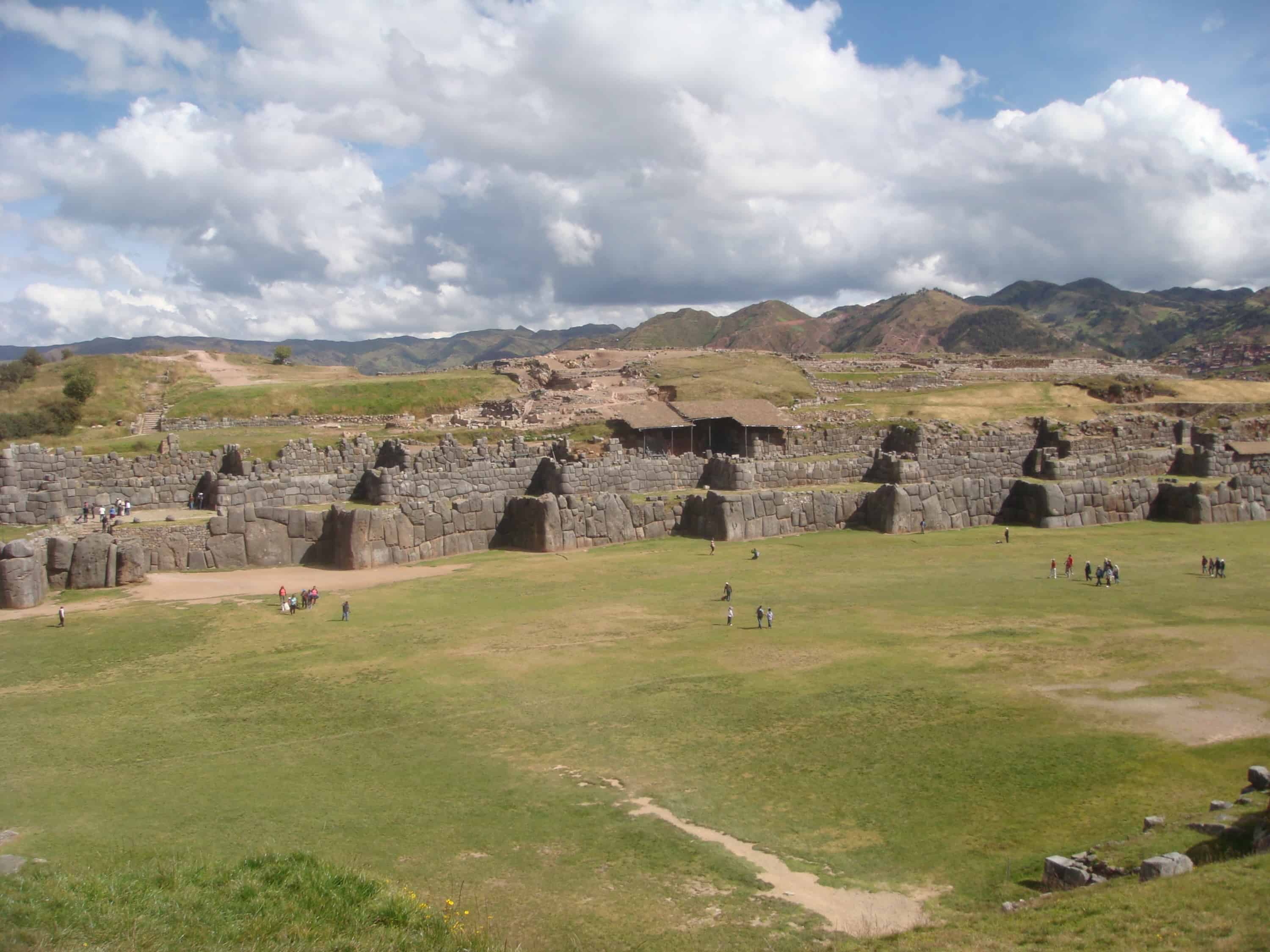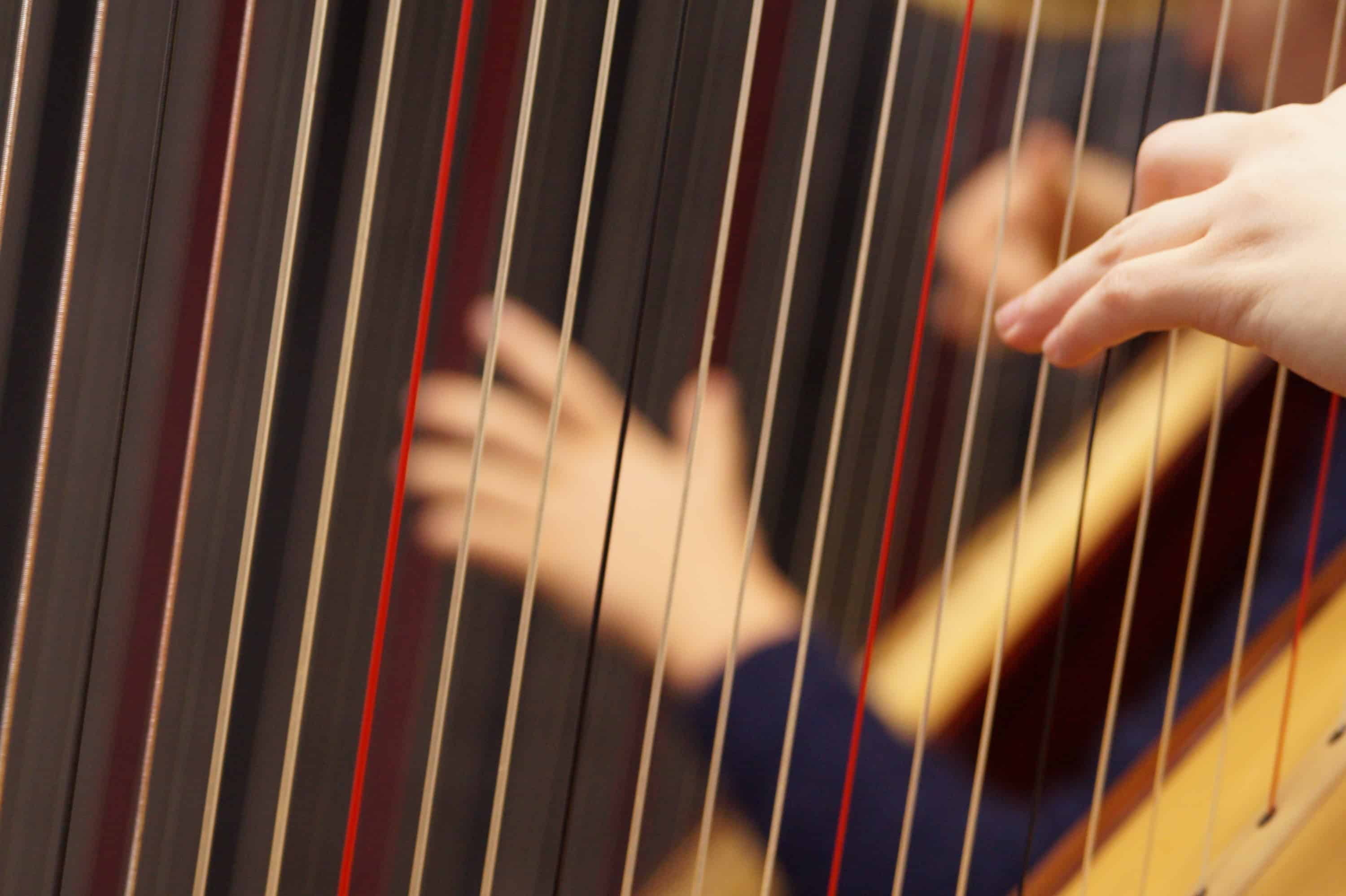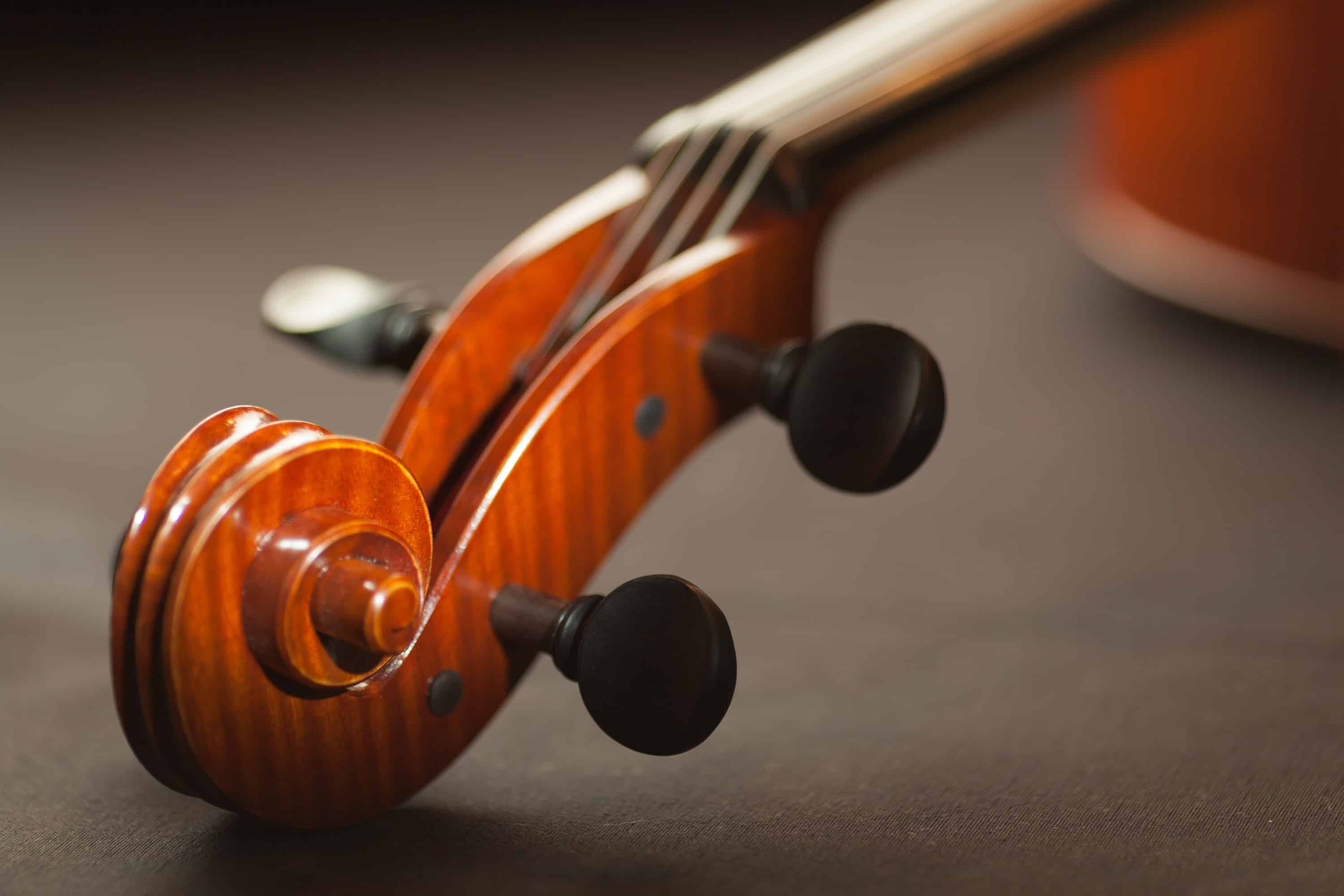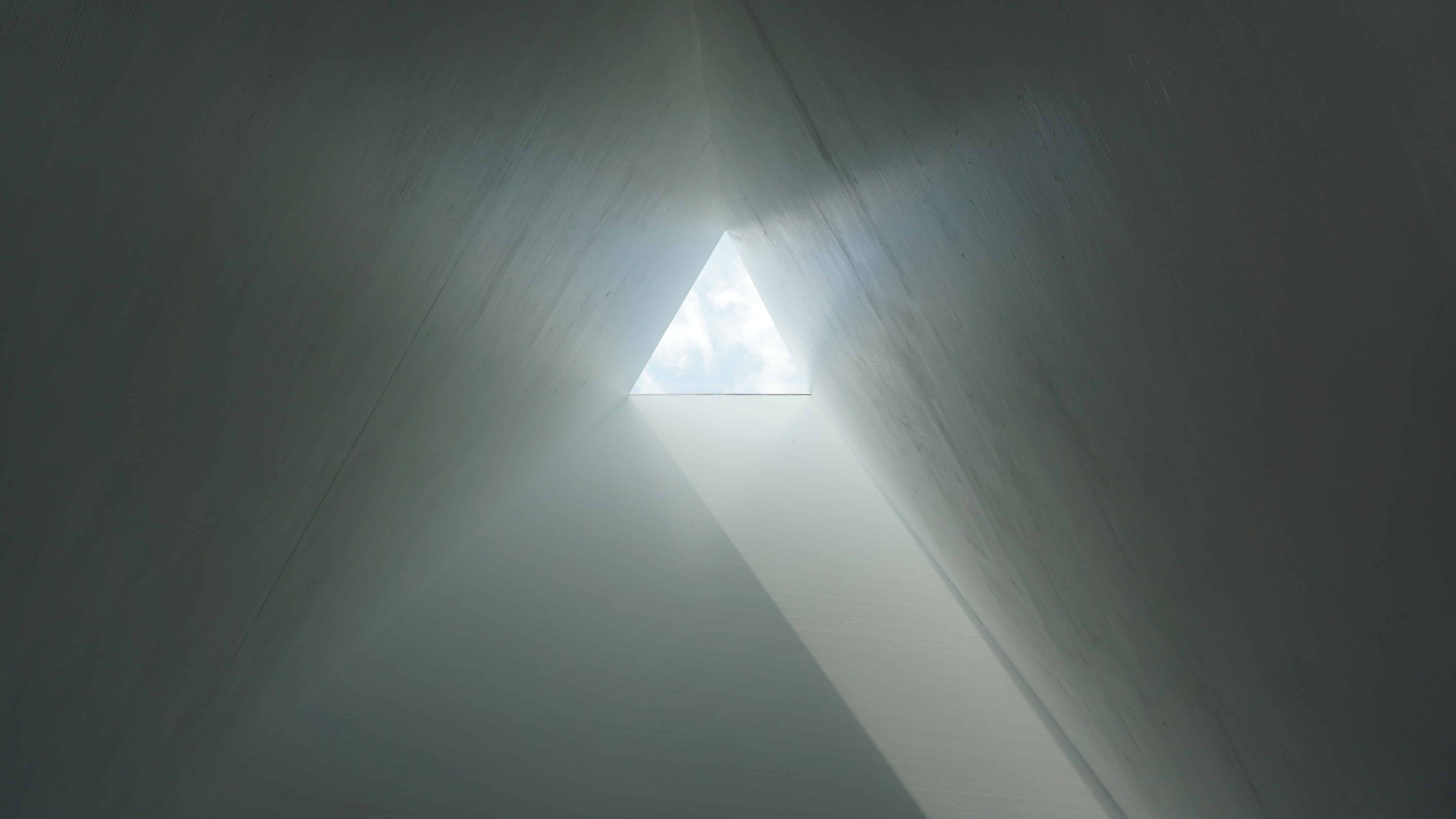Acoustic Composition 16
Mystics (2015/18)
Three Movements in Duo for Two Pianos
Complete Version Live 2018 (Remastered 2024)
Complete Version Studio 2018 (Remastered 2024)
Movement I Live 2015 (Remastered 2024)
Movements I & 3 Live 2016 (Remastered 2024)
To celebrate Alexander Scriabin’s (1872-1915) anniversary year, his Mystic Chord: C – D – E – F# – A – Bb – C (Hexachord 6-34: 013579) was used as the primary pitch material within this work.
A Mystic Complement: Db – Eb – F – G – Ab – B – Db (Hexachord 6-34) completed the total chromatic and provided secondary pitch material used for contrast and balance.
This duo for two pianos carries the listener through three movements of succinct and focused musical form primarily structured around the functional harmonic interaction between the two source materials.
Elements of Analysis and Synopsis:
In the first movement (initially composed in 2015), both pianos begin playing the primary atonal material: The six pitches of the Mystic Chord.
At figure F in the score, the 2nd piano introduces the Mystic Complement and the two parts heterodyne into a 12-tone soundworld, but effectively play in two different ‘atonalities’.
Before the movement ends with a final statement of the opening theme, both pianos play the six pitches of the Mystic Complement in a relaxed and melodic passage with a modal ‘quasi-blues’ feel to the atonal pitch collection.
The first thematic statement holds a reference to an invisible G, with all the pitches belonging to the G Jazz melodic minor scale and the final statement is in an ‘atonal’ A.
The melodic material at figure N outlines a clear reference to an Ab ‘atonal modality’, and so the form passes through two semi-tone modulations before resolving a whole-tone above where it started. Whilst one could not help but consciously notice references to Lutosławski’s semi-tonal formal modulations, the form (and eventual pitch-scheme) was a natural consequence of working with the Mystic Chord and Complement.
Second Movement:
Rapid Changes have been foretold . . .
The second movement is a very short, fast and loud, rhythmically virtuosic movement sharing four alternate spellings of the Mystic Chord and Complement to present a 12-tone language in each piano. The briefest of key schemes (home-tones) moves from B to Bb, and so emulates the semi-tone modulations heard in the outer movements.
This central movement also serves an important structural function through offering an essential timbral and temporal contrast between the complimentary soundworlds of the first and third movements. Composition for this movement and final editing of the outer movements was completed in January 2018.
Third Movement:
Everything Changes, whilst all things remain the same . . .
Rotating through predetermined elements of the pitch matrices (and completing the rotations), this lyrical and expressive third movement (composed in 2016 and edited further during 2017) starts in Chord material and ends in Complement material after passing through the total chromatic twice along the way. The form is fluid and linear with energetic crescendos and similar semi-tone modulations as the first movement.
The pitch organisation (see Mystics Pitch Matrices and Pitch Organisation PDFs) produced a clear contrast between flats and naturals in the primary and secondary material (Chord and Complement) and this provided the catalyst for the opening (and closing) piano clusters, where syncopated rhythms separate pentatonic clusters playing all five flat notes (black keys) from diatonic clusters, playing all seven natural notes (white keys).
There was also a notable conflict between E flat and E natural in the primary and secondary (Chord and Complement) material. This pair of notes (and similar semi-tonal conflict and resolution) can be heard at pivotal formal landmarks within the movement and the pitch-scheme. Semi-tone modulation is also used at times to shape the linear motion and resolution of internal melodic contours.

Mystic Chord: C – D – E – F# – A – Bb – C
Hexachord 6-34: 013579 <142422>


Mystic Complement: Db – Eb – F – G – Ab – B – Db
Hexachord 6-34: 013579 <142422>

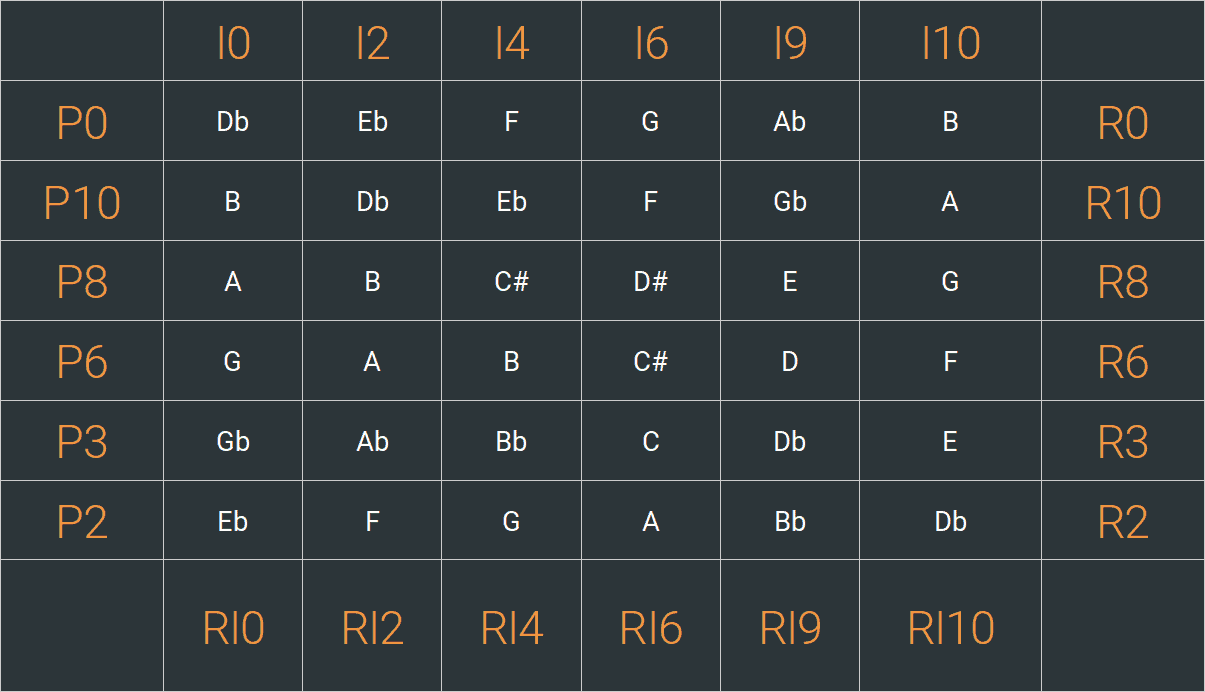
The Mystic Complement is a semi-tone transposition of the Mystic Chord. The materials were sometimes used in strict order, but most commonly appear in the score composed as unordered pitch-class cells and self-contained ‘collections’ of notes: mini-modes …
Mystics is a patient, lyrical and atmospheric piece for the most part, that owes more than a ‘passing nod’ to the piano style of Debussy and contains noticeable elements of a more popularist approach that seems to have drifted into the soundworlds and form of recent pieces from this composer.


















